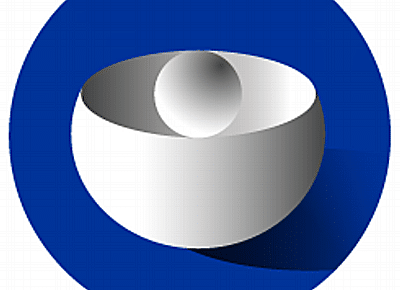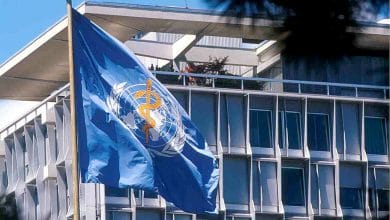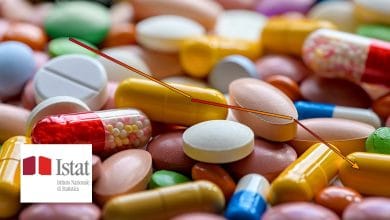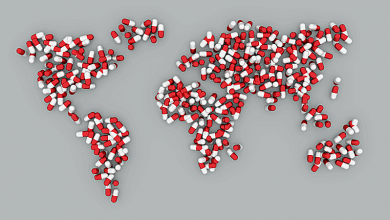
Since the new European law on pharmacovigilance came into force, reports of suspected adverse drug reactions increased from 240,000 in 2012 to 290,000 in 2014. And reports sent by citizens, directly or through their doctor, almost doubled.
This is what emerges from the European Commission's report on pharmacovigilance activities: all Member States, the publication recalls, have taken measures to encourage patients and healthcare professionals to report suspected adverse effects, and are collaborating with the European Medicines Agency (EMA) to detect and validate reports. Half of these, continues the Report, brought  to an update of product information, while in a quarter of cases other regulatory measures were taken.
to an update of product information, while in a quarter of cases other regulatory measures were taken.
Risk management plans are also growing, to identify the known and potential effects of marketed medicines. EMA's Pharmacovigilance Committee currently evaluates around 600 risk management plans on centrally authorized medicines each year, in addition to periodic reviews on the risks and benefits of medicines.
In addition, around 200 pharmacovigilance inspections are conducted each year, with a particular focus on medication errors. Finally, the side effects of drug errors also increased, from 4,500 in 2012 to 7,000 in 2014, partly due to greater awareness among operators and the availability of clearer legal bases.
Related news: Pharmacovigilance Risk Assessment Committee (PRAC)





